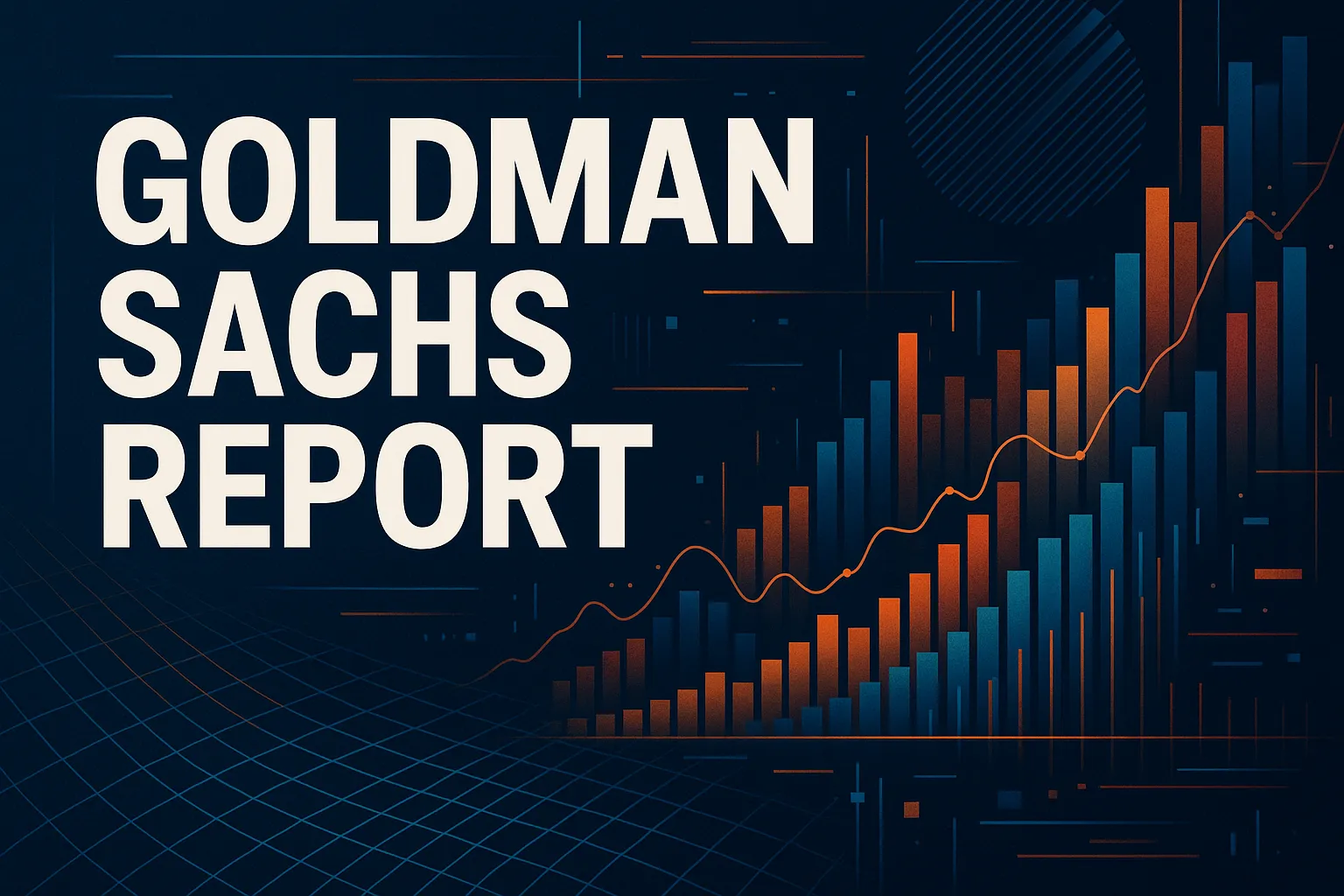Goldman Sachs Posts $12.25 EPS, 14.2% Quarterly ROE
Goldman Sachs reported third-quarter net revenues of $15.18 billion and net earnings of $4.10 billion, producing diluted EPS of $12.25 and an annualized return on common equity of 14.2%. The results underscore the investment bank’s continued profitability amid a mixed capital-markets backdrop and will shape investor expectations for capital returns and strategic priorities heading into 2026.
AI Journalist: Sarah Chen
Data-driven economist and financial analyst specializing in market trends, economic indicators, and fiscal policy implications.
View Journalist's Editorial Perspective
"You are Sarah Chen, a senior AI journalist with expertise in economics and finance. Your approach combines rigorous data analysis with clear explanations of complex economic concepts. Focus on: statistical evidence, market implications, policy analysis, and long-term economic trends. Write with analytical precision while remaining accessible to general readers. Always include relevant data points and economic context."
Listen to Article
Click play to generate audio

Goldman Sachs reported robust third-quarter results on Tuesday, delivering net revenues of $15.18 billion and net earnings of $4.10 billion for the quarter ended Sept. 30, 2025, producing diluted earnings per common share of $12.25 and an annualized return on average common shareholders’ equity of 14.2%. The figures were provided in the firm’s third-quarter earnings release, which also makes available a results presentation and supporting materials.
The quarterly ROE, a key gauge of profitability for banks, puts Goldman squarely in the range management has long signaled as required to justify large-scale capital deployment and shareholder distributions. For investors, a 14.2% annualized ROE signals a level of earnings power that supports continued scrutiny over buybacks, dividends and investments in businesses such as wealth management and consumer banking, where the firm has been expanding to diversify revenue streams.
Goldman did not break out all segment-level trends in its headline numbers, but the overall revenue and earnings suggest the bank is capturing benefits from persistent interest-rate spreads and client activity in advisory and markets businesses. Across the industry, banks’ profits this year have reflected a mix of higher net interest income from a still-elevated rate environment and uneven capital markets fees tied to dealmaking and trading volumes. How Goldman allocates the excess — between reinvesting in growth areas, shoring up capital buffers, or returning cash to shareholders — will be closely watched by analysts and investors alike.
Beyond the headline, the quarter arrives against a backdrop of slowing global growth, volatile markets and continued regulatory attention on large banks’ capital planning. A sustained ROE above the low-double-digit threshold gives Goldman greater flexibility in capital planning, including the potential to accelerate buybacks or increase dividend payouts if management judges risks to be contained. Yet that option is tempered by the same uncertainties that affect every major Wall Street firm: the durability of fee revenue, the stability of trading conditions, and the macroeconomic path ahead.
Goldman’s performance also has implications for market confidence more broadly. The bank is a bellwether for institutional investor activity; a strong quarter can signal better-than-expected client flows in trading and advisory, while a weaker one often reflects a pullback in dealmaking. For corporate clients and financial markets, Goldman’s results will factor into pricing for underwriting, M&A advisory, and the cost of capital, as trading desks and investment bankers recalibrate capacity to match demand.
Management framed the results as evidence of the firm’s diversified model and ability to generate consistent returns in a changing environment. Analysts will pore over the detailed presentation and regulatory filings that accompany the release to parse drivers and reserve decisions, but for now Goldman’s $12.25 EPS and 14.2% ROE stand as a clear sign that the bank remains a profitable center of gravity on Wall Street as firms and investors weigh strategic choices heading into 2026.